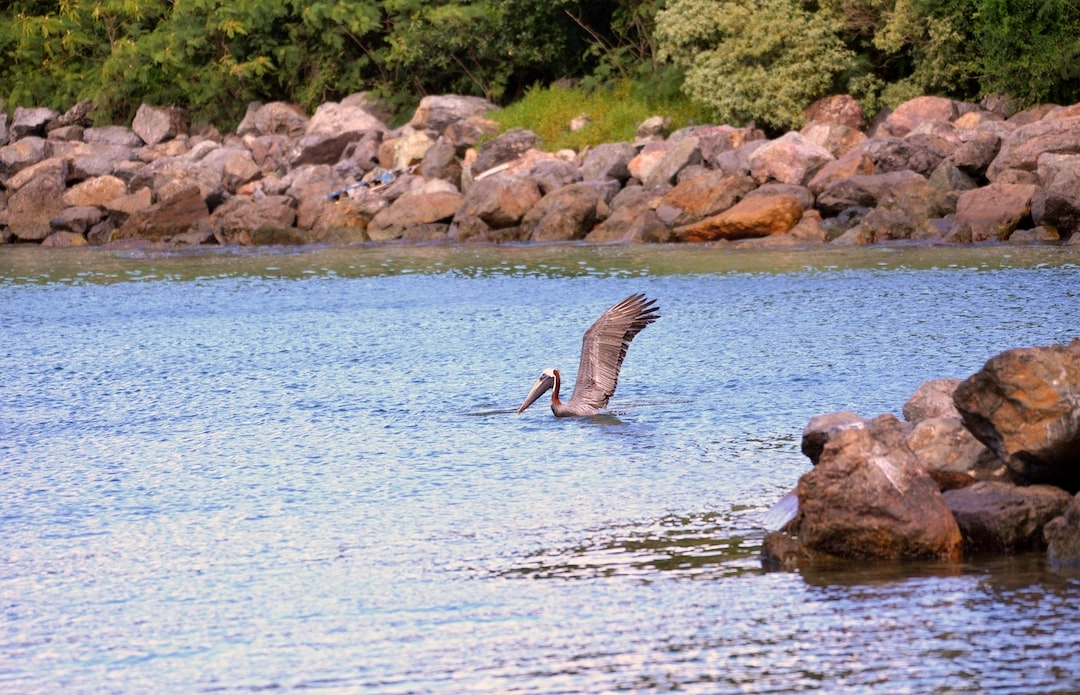
What is Forest Restoration?
Forest restoration is the process of actively managing and rehabilitating degraded or deforested land to restore its ecological balance and reintroduce native trees and vegetation. It aims to enhance biodiversity, restore ecosystem functions, protect water resources, and mitigate climate change.
Real-World Problems Associated with Forest Restoration
1. Deforestation:
The primary driver of the need for forest restoration is deforestation. Unsustainable logging, agricultural expansion, and urbanization have led to the degradation and loss of forest ecosystems worldwide. The loss of forests not only diminishes biodiversity but also contributes to climate change, as trees absorb carbon dioxide and release oxygen.
2. Fragmentation:
Fragmentation is another significant problem affecting forest restoration efforts. Large tracts of forests are often divided into smaller isolated patches due to human activities such as road construction and land conversion. This fragmentation disrupts ecological connectivity, affects wildlife migration, and restricts the movement of pollinators, ultimately impacting forest regeneration and ecosystem health.
3. Invasive Species:
Invasive plant and animal species pose a significant challenge to successful forest restoration. These non-native species can outcompete indigenous plants, disrupt nutrient cycles, and alter the natural balance of ecosystems. Invasive species can hinder the establishment and growth of native trees, jeopardizing the overall success of restoration projects.
4. Socioeconomic Factors:
Socioeconomic factors, such as poverty, land tenure issues, and lack of community involvement, can impede forest restoration initiatives. Limited financial resources and competing interests can lead to unsustainable land use practices and illegal logging, further exacerbating the degradation of forests and hindering restoration efforts.
5. Climate Change:
Climate change poses a significant challenge to forest restoration. Rising temperatures, changes in rainfall patterns, and increased frequency of extreme weather events can impact the survival and growth of newly planted trees. It is essential to consider climate resilience and adaptation strategies in forest restoration projects to ensure long-term success in the face of a changing climate.

Solutions for Forest Restoration
1. Sustainable Forest Management:
Implementing sustainable forest management practices is crucial for preventing further deforestation and promoting responsible land use. This involves establishing protected areas, enforcing regulations on logging and land conversion, and promoting the use of alternative materials and practices that reduce the demand for deforestation.
2. Ecological Corridors:
Creating and maintaining ecological corridors is essential for restoring connectivity between fragmented forest patches. These corridors allow for the movement of plant and animal species, maintaining genetic diversity and promoting healthy ecosystems. It involves land-use planning, establishing protected corridors, and implementing measures to reduce barriers to wildlife movement.
3. Invasive Species Management:
Effectively managing invasive species is crucial to facilitate successful forest restoration. This involves identifying and monitoring invasive species, implementing control measures such as targeted removal or biological control methods, and promoting the growth and establishment of native species to outcompete invasives.
4. Community Engagement:
Engaging local communities in forest restoration initiatives is key to ensuring long-term success. By involving local stakeholders in decision-making processes, providing education and training, and promoting sustainable livelihoods linked to forest resources, communities become active participants in conservation efforts and become invested in the long-term well-being of restored forests.
5. Climate-Resilient Restoration:
Integrating climate change considerations into forest restoration projects is crucial. This involves selecting tree species that are resilient to changing climatic conditions, implementing climate-smart practices such as agroforestry and assisted natural regeneration, and considering adaptive strategies like assisted migration to ensure the long-term survival and resilience of restored forests.















